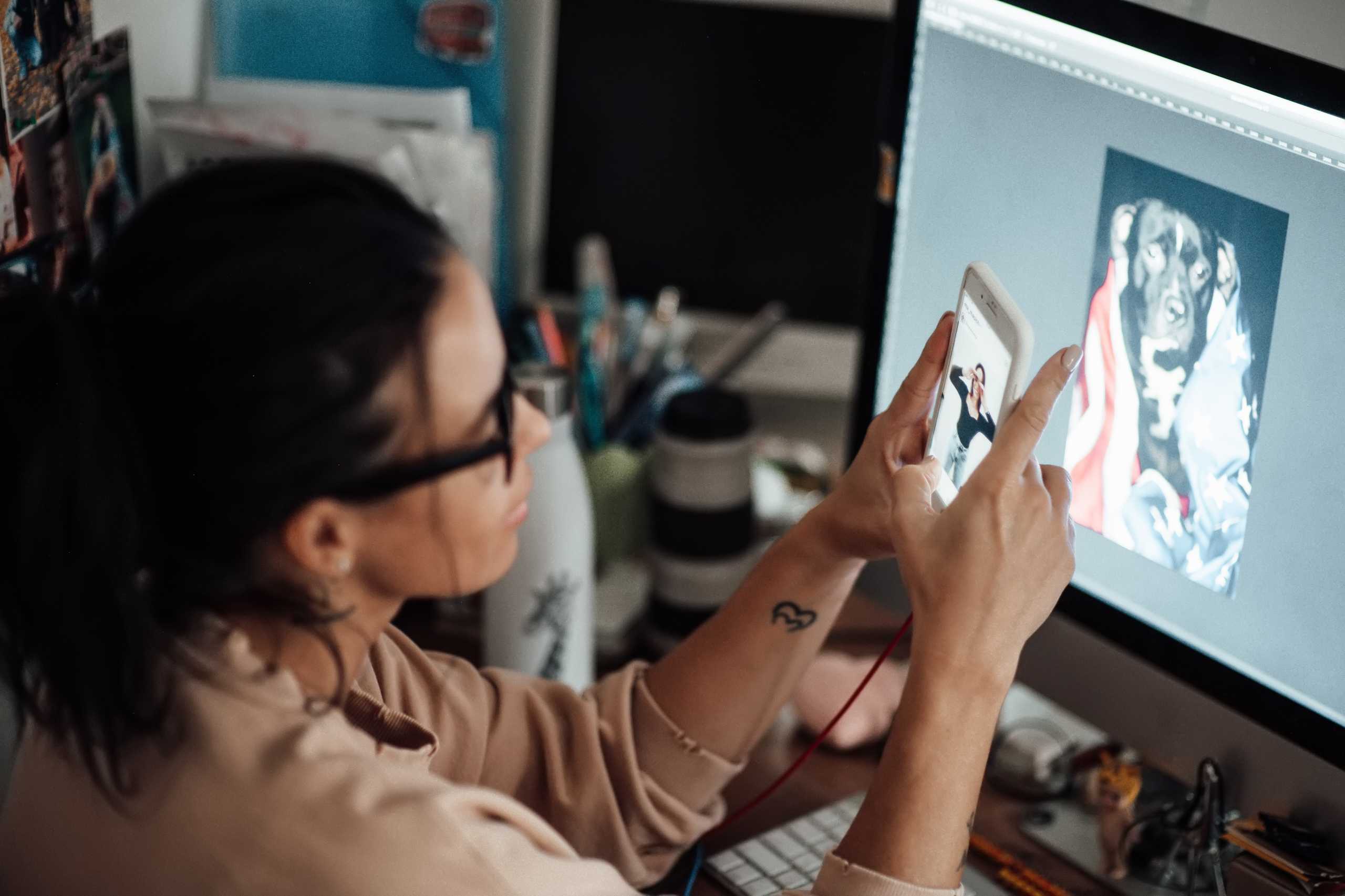Building a Portfolio That Gets You Noticed: Digital Illustrator Edition
In the world of digital art, your portfolio speaks before you do. Whether you’re applying for a freelance gig, a studio position, or entering a competition, your portfolio is your voice, your handshake, your invitation. But what exactly makes a portfolio stand out — especially when everyone else is also “creative”? Let’s dive in.
1. Think Like the Viewer
When someone opens your portfolio, they ask one silent question:
“Can this artist solve my problem or bring my idea to life?”
Your job is to answer before they ask. Make sure your portfolio:
- Has a clear visual identity
- Shows problem-solving (not just pretty pictures)
- Reflects your style, strengths, and versatility
- Is easy to navigate and fast to open
Put your strongest, most relevant piece first — you have 5 seconds to impress.
2. Quality Over Quantity, Always
Ten strong works > thirty average ones.
Avoid uploading everything you’ve ever drawn. Instead, curate intentionally. Each piece should earn its spot. Think of your portfolio as a gallery, not a sketch dump.
Ask yourself:
- Does this show skill or storytelling?
- Would I be proud to show this to a client?
- Is it consistent with the work I want to get hired for?
If the answer is “maybe,” cut it.
3. Show Process, Not Just Polish
Many clients and recruiters love seeing how you think — not just how you finish.
Include a few slides or notes that show:
- Initial sketches
- Color explorations
- Layout drafts
- Creative decisions you made
It builds trust. It shows you’re not just talented — you’re thoughtful.
4. Tailor, Don’t Spam
Applying to a children’s book publisher? Show soft, narrative illustrations.
Targeting a game studio? Show characters in motion, with mood and world-building.
Never send one general portfolio to everyone. Tailor your selection to the style, tone, and needs of your potential client. It shows respect — and gets results.
5. Include Who You Are
Yes, your art matters most. But don’t underestimate a short, honest about me section.
Share who you are, what inspires you, and what kind of work excites you. Keep it brief, real, and warm. People hire people, not portfolios.
Final Thought: Your Portfolio Is Alive
Don’t treat your portfolio like a tombstone — perfect and final.
It’s a living body of work that should grow with you. Update it. Prune it. Evolve it.
And remember:
You don’t need to be the best — you need to be clear, consistent, and confident.

